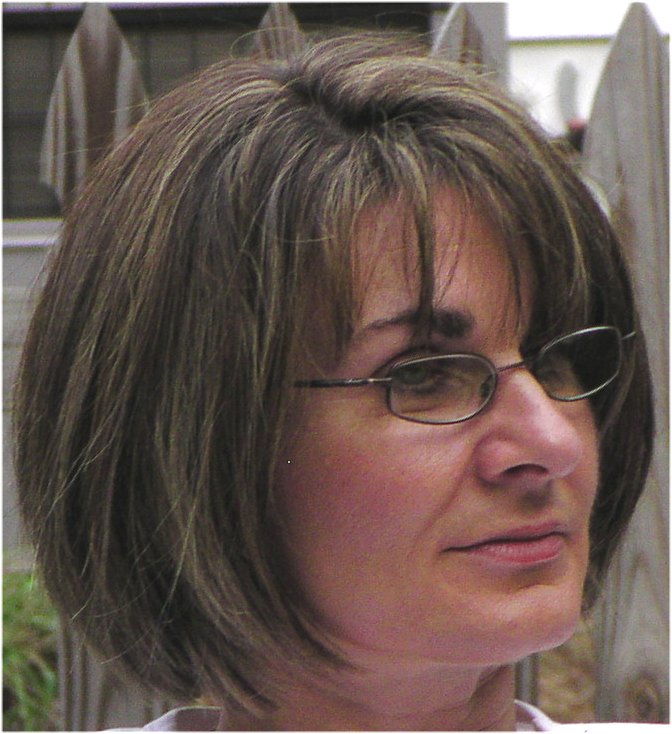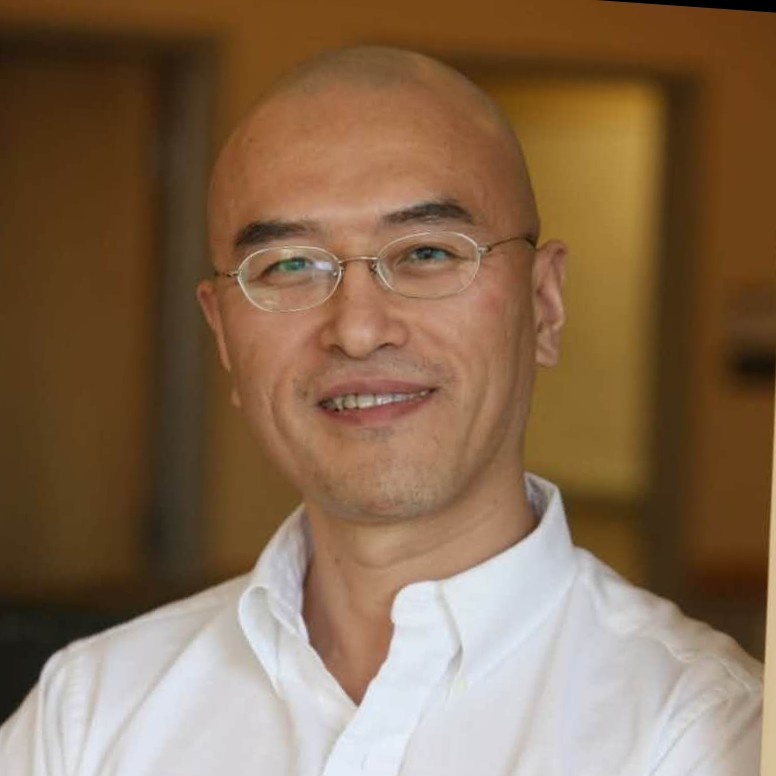
Lorena Bociu
North Carolina State University
Professor Bociu, in the Department of Mathematics at North Carolina State University, works in analysis, optimization, and control of partial differential equations (PDEs). She has research expertise in the qualitative and quantitative analysis of solutions to systems of PDEs, as well as its applications in real world problems in fields such as nonlinear structural acoustics, fluid-structure interactions, and fluid-solid mixtures.
Professor Bociu has been the recipient of many honors and awards, including an NSF CAREER Award in 2016 and Presidential Early Career Award in Sciences and Engineering (PECASE) in 2019. Moreover, she has been a North Carolina State University Faculty Scholar since 2016.
Professor Bociu serves as Chair of the AWM SIAM Committee, and Chair of the Working Group 7.2 (Computational Techniques in Distributed Systems) as part of The International Federation for Information Processing (IFIP), Technical Committee 7. She is also a member of the SIAM Committee for the JMM (chair in 2022), AWMMeetings Committee, and JMM Program Committee.
Multiscale Interface Coupling of PDEs and ODEs for Tissue Perfusion
Saturday, October 7th | 2:00pm-3:00pm | Swanson Auditoritum (Nebraska Union)
In biomechanics, local phenomena, such as tissue perfusion, are strictly related to the global features of the whole blood circulation. We propose a heterogeneous model where a local, accurate, 3D description of tissue perfusion by means of poroelastic equations is coupled with a systemic 0D lumped model of the remainder of the circulation. This represents a multiscale strategy, which couples an initial boundary value problem to be used in a specific tissue region with an initial value problem in the rest of the circulatory system. We discuss wellposedness analysis for this multiscale model, as well as solution methods focused on a detailed comparison between functional iterations and an energy-based operator splitting method and how they handle the interface conditions.

Sunčica Čanić
University of California, Berkeley
Professor Čanić is in the Department of Mathematics at the University of California, Berkeley. She previously held the Cullen Distinguished Professor of Mathematics and was Director of the Center forMathematical Biosciences at the University of Houston. She is a well-known research authority in the field of partial differential equations and its applications in biomedical research, having authored over 100 publications on this topic.
Among the many accolades which Professor Čanić has garnered: she was honored for her research by the National Science Foundation as Distinguished MPS Lecturer in 2007; she received the US Congressional Recognition for Top Women in Technology in 2006; she is the recipient of the Esther Farfel Award in 2018, the highest award offered at the University of Houston. Moreover, she is the only woman to hold a prestigious Cullen Distinguished Professorship position at the University of Houston. In addition, Professor Čanić was elected SIAM Fellow in 2014, and AMS Fellow in 2020.
AMATHEMATICAL APPROACH TO THE DESIGN OF A BIOARTIFICIAL PANCREAS
Saturday, October 7st | 9:10am-10:10am | Swanson Auditorium (Nebraska Union)
This talk will address the design of an implantable bioartificial pancreas without the need for immunosuppressant therapy. The design is based on transplanting the healthy (donor) pancreatic cells into a poroelastic medium (alginate hydrogel, or agarose gel) and encapsulating the cell containing medium between two nanopore semi-permeablemembranes. The nanoporemembranes are manufactured to block the immune cells from attacking the organ, while allowing passage of nutrients and oxygen to keep the transplanted cells viable as long as possible. The key challenge is maintaining the survival of transplanted pancreatic cells for an extended period of time by providing sufficient oxygen supply. This challenge is addressed via our nonlinear, multi-scale, multi-physics mathematical and computational models. At the macro scale we designed a nonlinear fluid-poroelastic structure interaction model to study the flow of blood in the bioartificial pancreas, coupled to a nonlinear advection-reaction-diffusion model to study oxygen supply to the cells. At the micro-scale, we use particle-based simulations (Smoothed ParticleHydrodynamics) in conjunction with Encoder- Decoder ConvolutionNeuralNetworks to capture the fine micro-structure (architecture) of hydrogels and how the architecture influences the macro-scale parameters, such as the spatially dependent permeability tensor. These models inspired the design of a second-generation bioartificial pancreas. They also initiated the development of new mathematical analysis approaches to study multi-layered poroelastic media interacting with incompressible, viscous fluids. I will talk about both. In particular, a new mathematical well-posedness result for a nonlinearly coupled model will be shown.
Parts of this work are joint with biomedical engineer S. Roy (UCSF), and mathematicians Y. Wang (Texas Tech), J. Webster (University of Maryland Baltimore County), L. Bociu (North Carolina State University), and B.Muha (University of Zagreb, Croatia).

Chun Liu
Illinois Institute of Technology
Professor Liu is currently the Chair of the Department of Applied Mathematics at the Illinois Institute of Technology. His research includes partial differential equations and calculus of variations, and their applications in complex fluids. Professor Liu has published over 180 publications. Many of his research projects have been partially supported by grants from the NSF, the Department of Energy, and various international research foundations.
Professor Liu has been the recipient of several awards, including Householder Lecturer at Oak Ridge National Laboratory in 2019. Moreover, Professor Liu has also long served as Editor for the SIAM Journal on Mathematical Analysis, Communications inMathematical Sciences, Interfaces and Free Boundaries, Kinetic and Related Models, Analysis and Application, Journal of Mathematical Study, and Computational and Mathematical Biophysics (CMB).
Energetic Variational Approaches in Biological Active Materials
Sunday, October 8th | 9:00am-10:00am | Swanson Auditorium (Nebraska Union)
A thermodynamic theory will be presented for active fluids whose dynamics involves converting chemical energy into various type of mechanical energy. The framework is the extension of the classical energetic variational approaches formechanical systems. This approach can be applied to a wide range of evolutions modeled by chemical reaction kenetics and mechanical processes. Here we will focus on applications such as micellar polymer solutions and muscle contractions.
This is a joint project with many collaborators, in particular, Bob Eisenberg, Yiwei Wang and Tengfei Zhang.